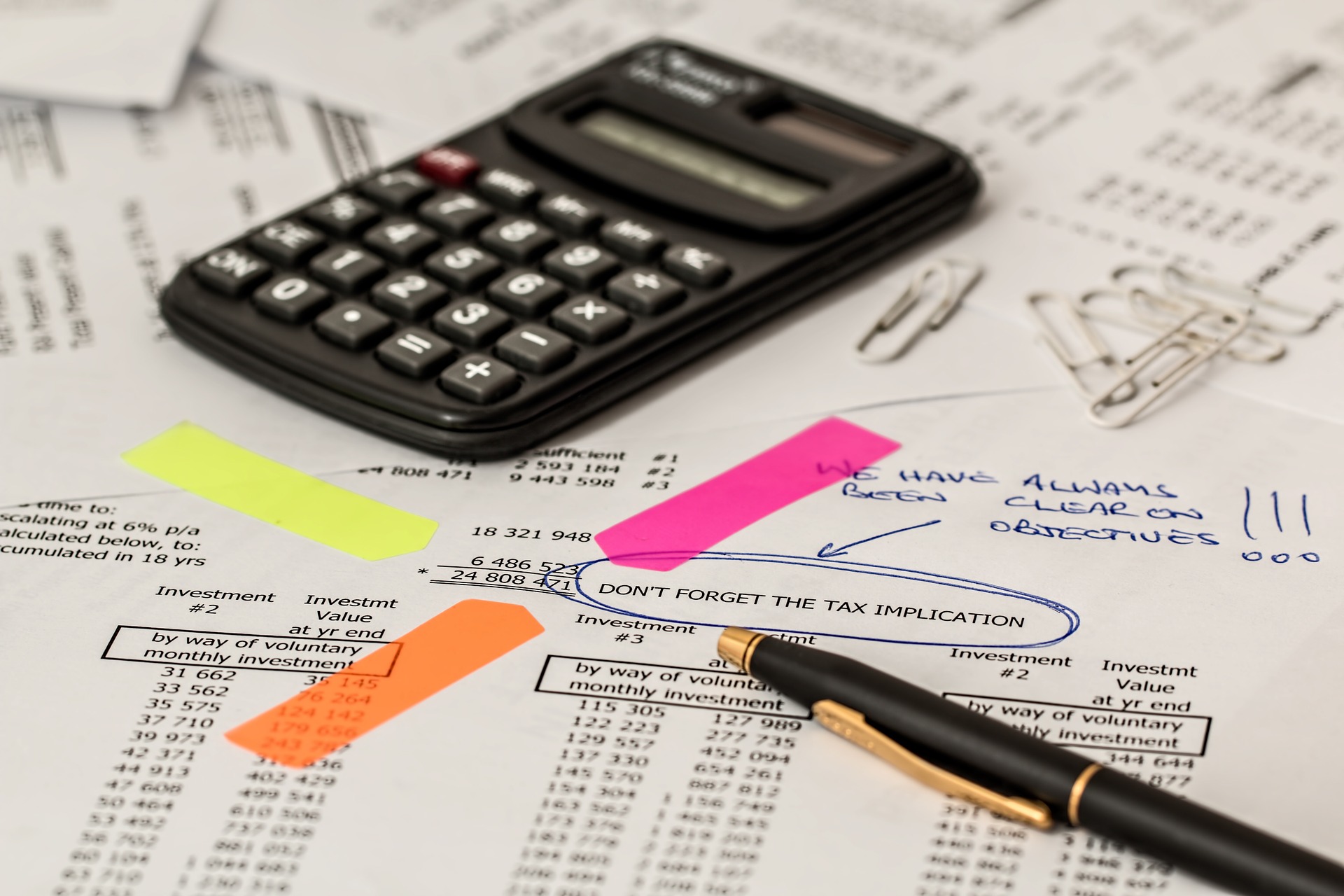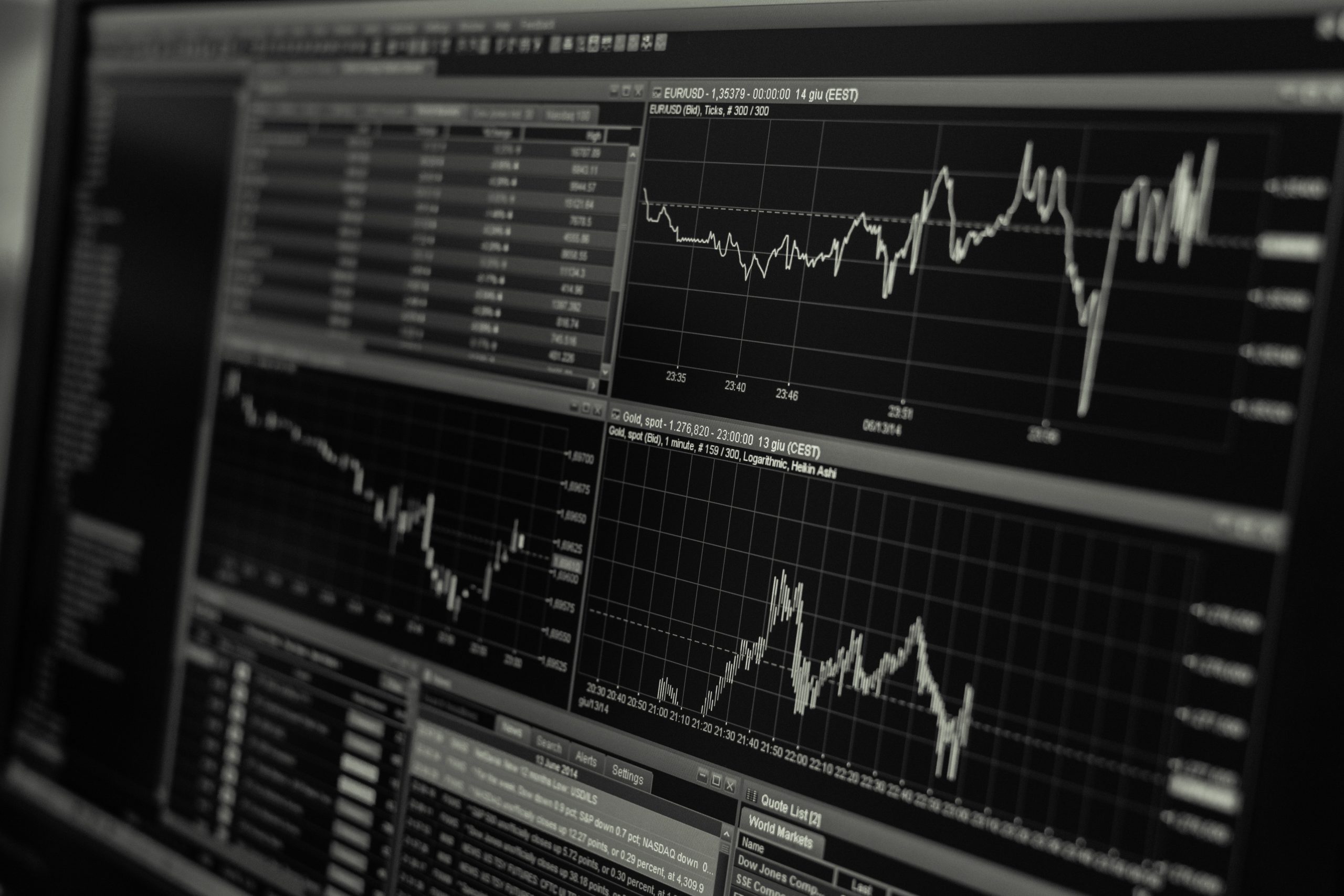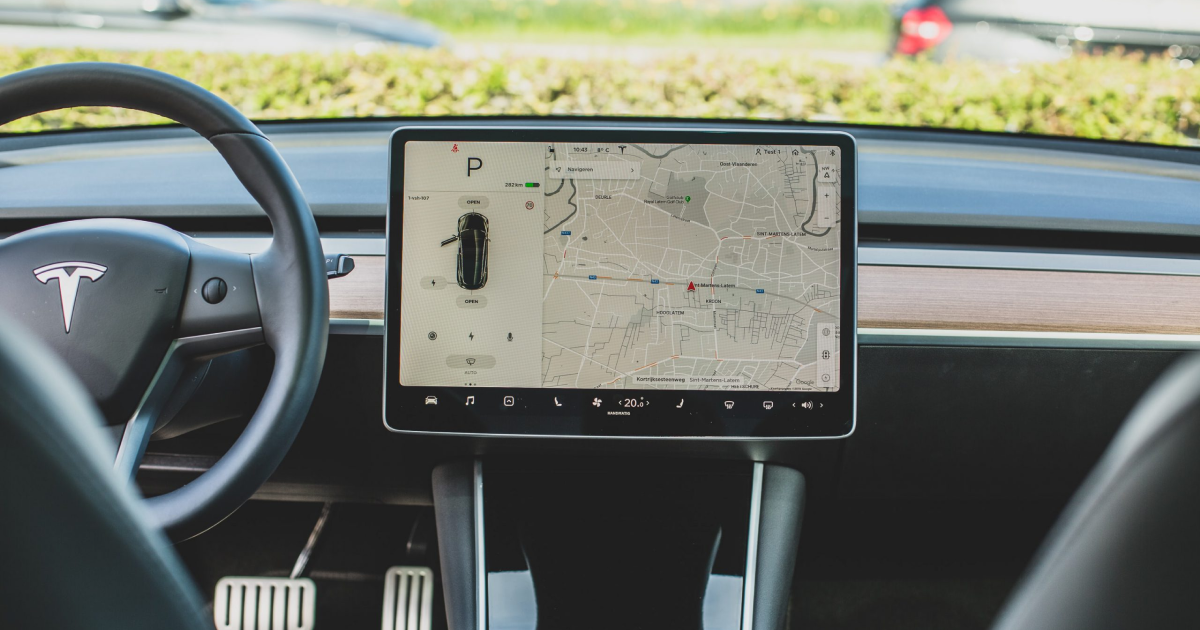Published in July 28, 2021
Cheques: What they are and how to use them

Cheques are written documents that instruct financial institutions to withdraw funds from your account.
Cheques are a financial tool that requests a certain amount of money to be withdrawn from the account written. The withdrawn funds are then given to the recipient that is physically written on the document. You can only write them from your checking account, not your savings.
Although still existing, research proves that cheque usage in Australia has dramatically declined over the years. Due to electronic payments and technical enhancements, their usage in Australia has decreased by approximately 85%.
Using cheques to pay and get paid
Before debit and credit cards, cheques were the main form of payment. It eased the process of carrying around cash when making purchases. Now that we have debit and credit cards, it’s very rare to complete transactions using them.
However, they may still be used for large transactions such as:
– Paying bills
– Mortgages
– Insurance premiums
Depositing a cheque
You may deposit a cheque at your local branch or ATM if you have a checking or savings account. Some banks may also allow you to deposit with a digital proof.
To validate them, you will need to endorse them. Endorsing is the process of signing it on the back. Additionally, the person or organisation endorsing it must sign the front. With your endorsements, you validate it and allow the bank to transfer the funds to your account. The bank will then scan it and transfer the funds to your account.
Learn more about banking with Moneysmart.
Online banks
Similar to brick-and-mortar banks, online banks also allow you to write cheques. It can be done through your online bank’s website or app.
However, some online banks may have certain limitations, therefore it’s best to contact your bank.
Cashing a cheque
When you cash a cheque, you redeem it for its value. You may also transfer some of the funds over to your bank account, and receive the rest in cash. You’re eligible to deposit cheques of any value.
If you choose to cash a cheque, you will most likely be required to provide identification and go to the bank where the cheque writer’s account is located.
How to fill out
There are a few components on the face that you’d have to fill out. Those components are:
– Date: Date it was issued.
– Cheque number: May include machine-readable account information.
– Payee: The person being paid.
– Drawer: Person or organisation who wrote the cheque.
– Amount box: The amount being deposited/ withdrawn.
– Bank Name: Bank of the payer.
– Drawee: Where it can be cashed/ processed.
– Signature line: Signature of the payer.
– Endorsement line: Where payee agrees to have the money deposited in their account.
Buying cheques
The majority of the time, the bank or financial institution you sign up to will provide you with a chequebook. However, if you need more, you can also purchase them from your bank.
Although you may buy them from your brick and mortar location, many people find it more affordable from third-party services.
Types of cheques
In Australia, there are different types of cheques.
– Bank
– Order
-Bearer
Want to learn more about cheques and how to void them? Read more here.
While we at Tippla will always do our best to provide you with the information you need to financially thrive, it’s important to note that we’re not debt counsellors, nor do we provide financial advice. Be sure to speak to your financial services professional before making any decisions.
Related articles

How to Understand Your Experian Score
18/07/2023
In Australia, there are three different credit scores from...

Does renters insurance cover collectables?
29/07/2021
Does renters insurance cover collectibles? Here’s a breakdown on...

What is the nominal interest rate and how does it affect my money?
28/07/2021
Nominal interest rate refers to the rate that doesn’t...

What is usage-based car insurance?
28/07/2021
With usage-based car insurance, you could save a lot...
Subscribe to our newsletter
Stay up to date with Tippla's financial blog